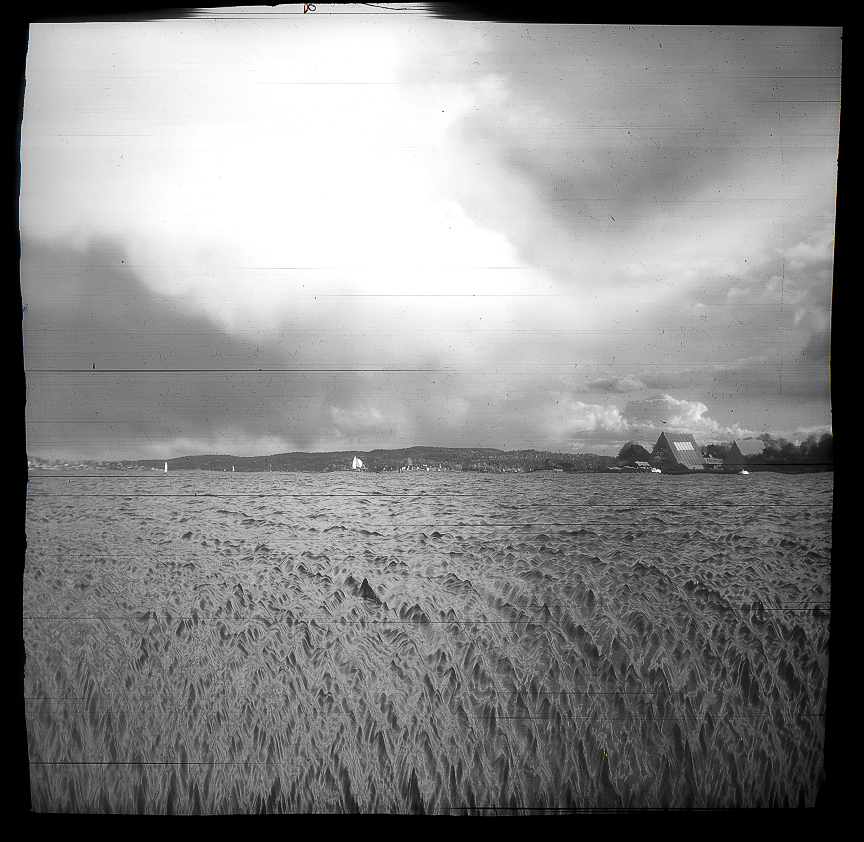this post was submitted on 28 Jul 2024
222 points (97.4% liked)
Photography
4631 readers
26 users here now
A community to post about photography:
We allow a wide range of topics here including; your own images, technical questions, gear talk, photography blogs etc. Please be respectful and don't spam.
founded 2 years ago
MODERATORS
you are viewing a single comment's thread
view the rest of the comments
view the rest of the comments

Double nitpick, according to Wikipedia, your definition is a "minority usage". I teach signal Processing and hadn't heard of that one, so thanks for pointing me to it!
Nyquist as half sampling rate is what I use
https://en.m.wikipedia.org/wiki/Nyquist_frequency#Other_meanings
Neat! I've definitely originated misunderstandings based on that. I wonder if it comes from my signals class lol